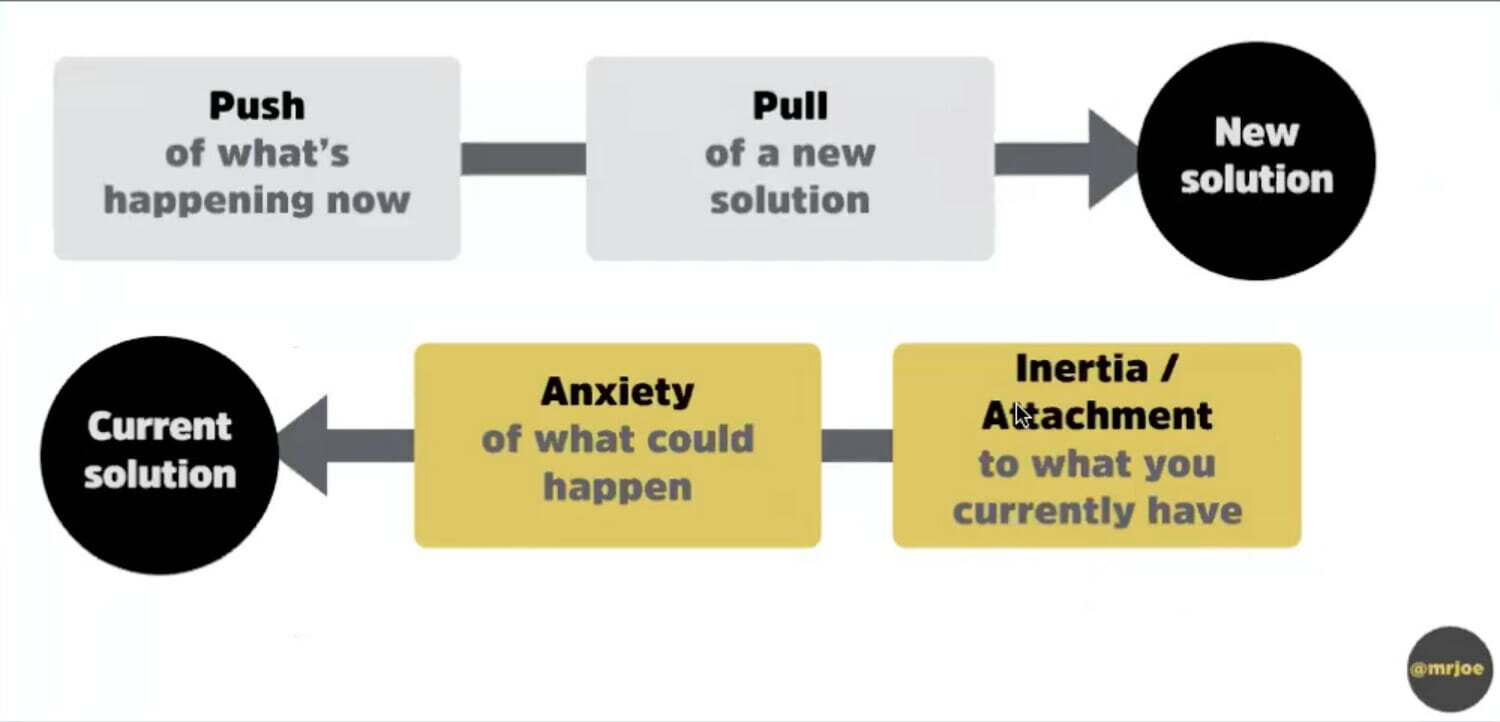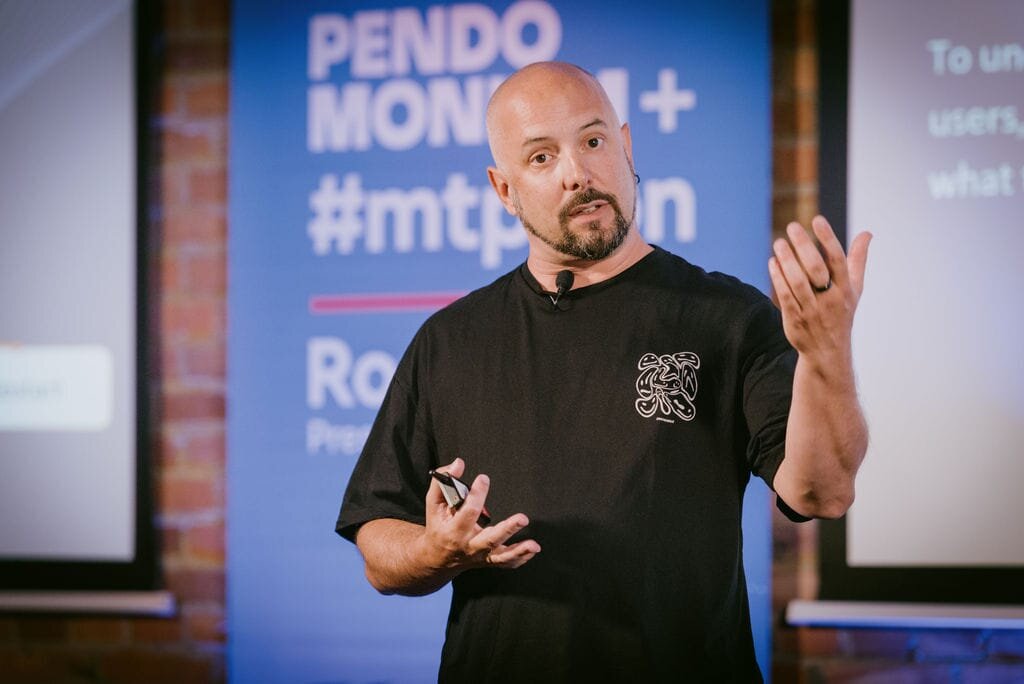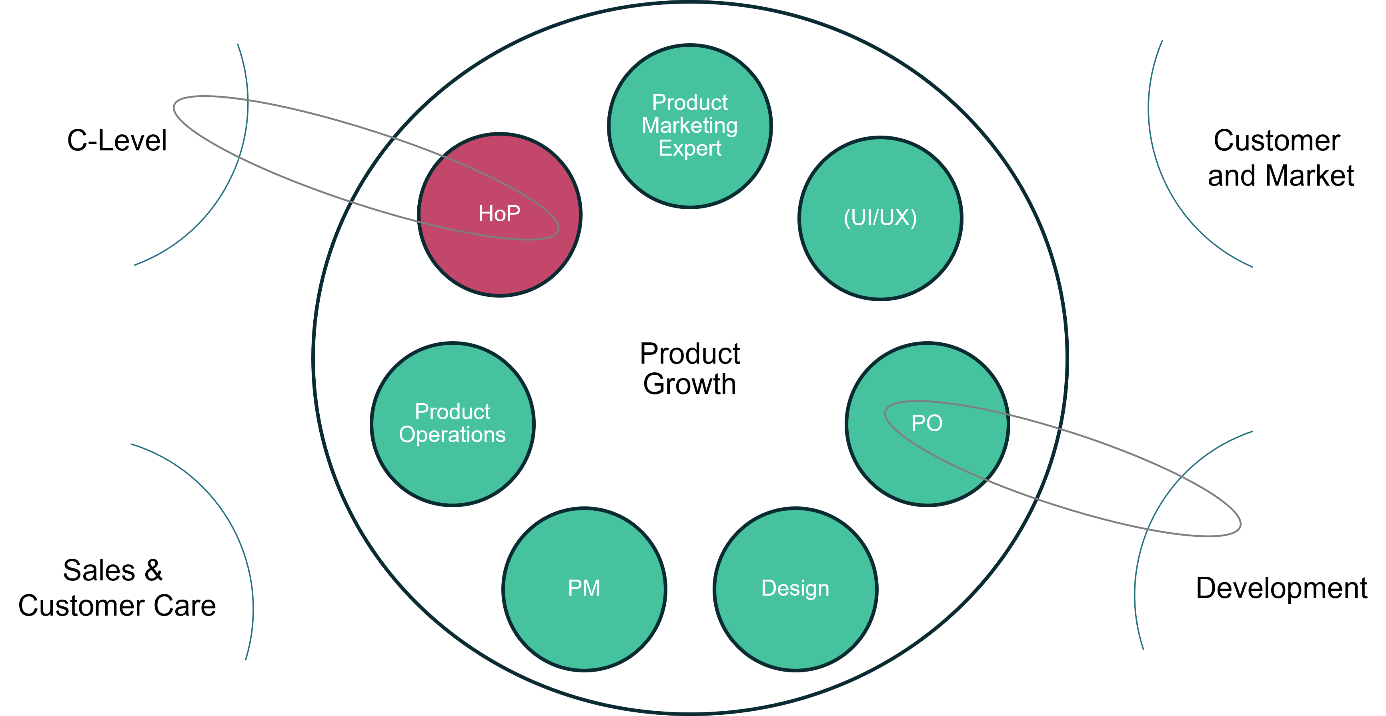In this guest post, Shubhansha Agrawal, Head of Product at Yelp comprehensively breaks down the first 30/60/90 days of a product leader based on the lessons she has learned in her extensive career.
Product management is still relatively new, but it's different for each sector and even companies. The same applies to Product leaders who are paving their path and defining a role for themselves. With my career transition from an engineer to a product manager to leading a global team of product managers with Yelp, I want to share my learnings and a comprehensive 30/60/90 days action items and pitfalls for new product leaders.
What is the difference between a product manager and a product leader? Some skills you learn as a product manager are applicable as a leader. Stakeholder management is the top one. Let's break down the differences though now:
- Thought Process
- Product managers are ingrained to ask the 'why,' but often that's limited to a project, an idea, or a domain. As a product leader, you are thinking broadly about where you want to answer 'why' as a company; ‘why’ we need to focus on something, what's the differentiating factor from our competitors, why this is a winning strategy, and thinking five or ten years ahead.
- Product leaders usually define product and initiative frameworks that can be utilized by product managers to break down ambiguous and open-ended problems.
- People Management
- While leadership can often become mainly about people management, product leaders still have the majority of their focus on project strategy (approx. 70%) and the rest on people management.
- They have a clear understanding of why each individual or team's work impacts company goals and builds network effects across your organization.
- Thought leader who can inspire people and follow your vision.
Now that we have identified key differences in these roles, here is a 30/60/90-day framework for new and aspiring product leaders to succeed.
First 30 days
Keyword: Trust
Assume you don't have the trust of your peers, directs, and stakeholders, whether you are transitioning into this role in your organization or a new hire. As a product manager, the way to build trust is by delivering results; for product leaders, it's by:
- Asking great questions: It helps you ramp up and get your stakeholders to get a feel of where you want them to go without being too aggressive in the beginning. How do you ask great questions? There’s no other way other than active listening.
- Formal and informal 1-1s with your directs: Get to know them, their motivations, career goals, what's working, what's not, and pain points with previous leaderships.
- Define your management style: It's critical to take the time to understand how you want to lead and communicate it candidly with your team. This helps set expectations and can bring clarity through the transition. There are six top management styles defined that are good to refer to.
- Strong knowledge: Lastly, if you are new to the team, ensure you have a strong knowledge of how the work impacts the company's goals and vision to advocate for your people if needed.
There is also a pitfall to watch out for: immediately and only focusing on getting the team delivered fast, unless imperative. It's easy to continue being metric-focused if you have always been an individual contributor where numbers show impact but hold that impulse. It's about empowering your team to show numbers.
30/60 Days
Keyword: Output
Whether it's a team starting from scratch or has a clearly defined strategy, within your first thirty days, you have made progress in establishing yourself as a thought leader. This is when you should take an active role by helping the team achieve immediate goals, as that would build trust in your team and your leadership from external stakeholders.
- Ensure there is a straightforward way of reporting the team's roadmap and metrics. If a roadmap is not defined, empower the team through data analysis and research to build a data-driven plan.
- Make your stakeholders feel included and part of building your roadmap, whether that's design, engineering, sales, marketing, or PR. Build confidence in your team by getting C-suite onboard with your plan.
- With these changes and a big team, ensure you are being mindful and prioritizing ruthlessly, so the team has clarity on what they need to work on. Product management is supremely collaborative, so it's natural to get multiple requests and ideas from everywhere. Build a process to avoid distractions and become the filter for your team's expectations.
- As with any plan, no matter how good, identify potential failure points. Aggressively and actively communicate, so it's familiar to stakeholders and plan for contingencies.
- To deliver a great product, you have to deliver excellent product quality. Give detailed and continuous feedback on project requirement documents, design reviews, research findings, and experimentation. Build a strong sense of accountability for product quality in your team by making sure you pay attention to detail.
90 Days and beyond
Keywords: Lead the way
- Growth mindset: Product management is built on studying patterns, coming up with a calculated risk, experimenting if that worked or not, and if not, taking the learnings and moving forward. This applies to people management too, for product leaders. Building a culture of growth vs. perfection leads to significant results and a positive mindset in the team. Learn which of your directs need more guidance, create frameworks for them and reward the results and diligent learnings.
- Inclusive: As a product leader, you set an example and tone for your organization. Work with HR partners and make it a mission to build a more DE&I (Diversity, Equity & Inclusive) team.
- Aware: Stay on top of industry trends, competitors, and consumer behaviors and proactively share with your team. Spend time rethinking your vision and goals to stay relevant to the changes in the world. That way, your team, and organization are not playing catch up but instead building differentiated and value-driven products.
Conclusion
The journey can be challenging. Even though there are courses out there, much of the leadership skills you learn from experience. You need to be able to adapt, be an active listener, and be able to inspire your people.
Having a 30/60/90 days plan can help navigate the unknown waters of new product leaders. But what I have shared should only be seen as a framework – use it, adapt it based on your company's values, and combine it with other best leadership practices to make you a thoughtful product leader!







